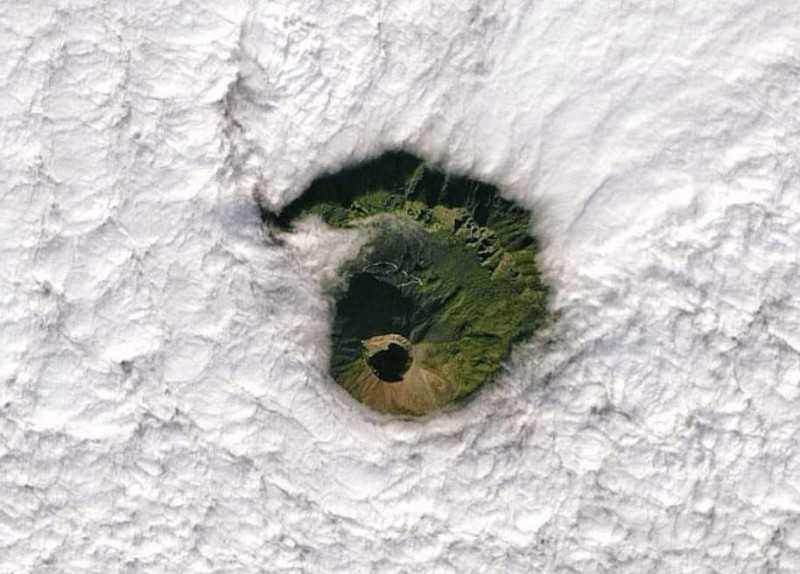Scientists observe volcano activity and warn that maybe some new big explosion is coming
A stunning image of the Vesuvian volcano emerging through a sea of clouds recorded the Operational Land Imager (Oli) on NASA/USGS’s Landsat 8 satellite.
After more careful observation, we can clearly see the ridge surrounding the cone, remnant of the damaged caldera of an earlier volcano, the Somma Mountains, from which the Vesuvius cone emerged.
Europe’s time bomb
Vesuvius – who is in the volcanic arc of Campania, a series of volcanoes, including Etna, – had eight large explosions in the last 17,000 years.
The explosion of Vesuvius on August 24, 79 AD. It destroyed the ancient Roman cities of Pompeii and Heraklion (today’s Erolano).
Other major explosions were recorded in 1794, 1872 and 1906, causing great disasters and deaths of many people.
The latest explosion on March 17, 1944 destroyed the village of San Sebastiano.
Since then, according to scientists, it has had occasional seismic acting, soil deformation and launching gases by the crater – evidence showing that there may be a new big explosion.
Source :Skai
I am Terrance Carlson, author at News Bulletin 247. I mostly cover technology news and I have been working in this field for a long time. I have a lot of experience and I am highly knowledgeable in this area. I am a very reliable source of information and I always make sure to provide accurate news to my readers.











